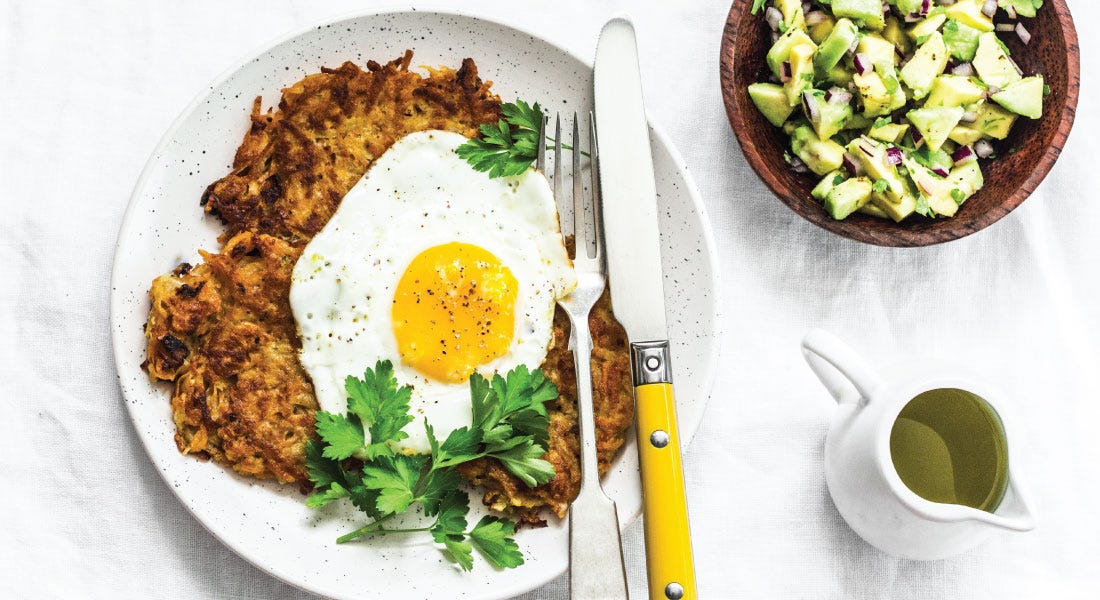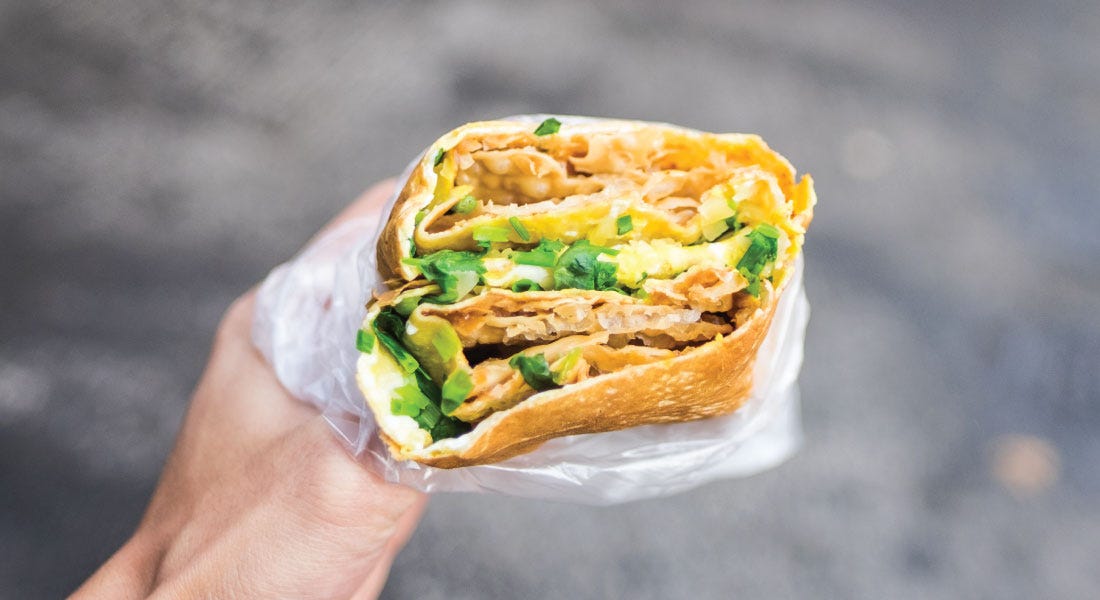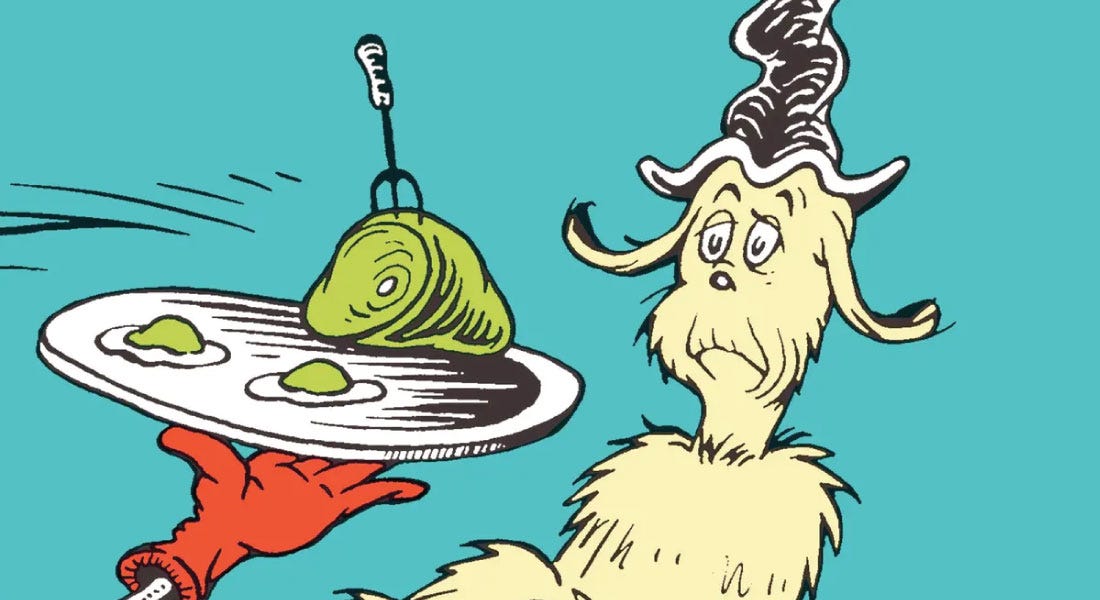Grate Expectations
This month we guide you through how to make rosti like a pro, ring in the lunar new year with one of China’s most popular breakfasts, go green for March 17, and get a hankering for yuenyueng.
Often thought of as a finicky dish to make, and therefore best left to the local café, potato rösti are in fact fairly simple to prepare, but a spot of planning will help you to golden, crisp, satisfying success.
Googling ‘how to cook perfect rösti’ will lead you to myriad opinions, and no doubt leave you with less confidence than you set out with!
So let us put forward our tips for really good rösti…starting with how to pronounce the word… while many English speakers default to a tea made off Ross’ (ross-tee), the correct, Swiss German way to say rosti is ‘rrroosh-tee’
Go for a variety that leans towards waxy, or at least isn’t overly floury – Nadine, Red King or Draga are good choices. Larger sized potatoes make grating easier.
Par boil your whole, skin-on potatoes – do not boil until soft, just until they are starting to become tender.
When cool enough to handle, peel off the skins.
Cover and chill par-boiled potatoes for a few hours or overnight.
Grate potatoes into bowl and season well.
Heat cooking fat in a small, preferably heavy frying pan (cast iron is good) – butter is okay but it has a low smoke point because of the milk solids in it, so clarified butter (or ghee) is better...or if you can get your hands on duck or goose fat, you’re really winning.
Add a ladleful of grated potato and as it starts to sizzle, carefully press down into the pan to shape into a disc.
Cook for about 10 mins on the first side then give the pan a shake to loosen the rosti from the bottom.
Place a plate on top of the pan, and flip upside down to turn the rosti out onto the plate.
Re-grease the pan well and place rosti back in to cook the other side – another 6-8 mins should do it on this side.
Serve piping hot, topped with grilled bacon and eggs… however you like ‘em!
Latkes, rösti… What’s the diff?
A classic rösti as outlined here is made purely with grated potatoes, whereas latke recipes call for an egg to bind grated potato. A rösti is traditionally rather large and rather thick – in Zurich they like ‘em as big as your noggin and topped with a seriously rich veal marsala for a guaranteed food coma. Latkes tend to be daintier, and while they’ve become known as a potato dish they are also traditionally made with other grated root vegetables such as turnips, carrots, and swedes.
Roll up, roll up!
With the Chinese lunar new year happening this month, we thought it a good time to take a look at a breakfast-time darling of the Chinese-speaking world. Jianbing – often shortened to bing, is a savoury crepe filled with an assortment of things that make up a flavour and texture sensation. Popular throughout China, Taiwan, and increasingly in the western world, they’re commonly sold from street carts and also a hot ticket at breakfast spots along with fresh hot soy milk. A batter, commonly made with mung bean flour, is spread very thinly onto a wide hot griddle. A couple of eggs are cracked on top and spread around to form another layer in the crepe, then fillings such as chopped spring onions or chives, coriander, preserved mustard greens are scattered over. The crepe is folded in half and the top spread with hoisin sauce and sometimes chilli sauce, and other toppings that vary according to preference and region. Youtiao (fried breadsticks), crisp wonton pieces, shredded chicken, lettuce, lap cheong (Chinese sausage), or – becoming more prevalent in big metropolises like Shanghai – crisp bacon… yes please! The completed creation is folded up, sliced in half and wrapped in greaseproof paper for eating on the go.
Green on the scene
March 17th isn’t far off and we’ve got a way better idea for an edible nod to it than a few drop of green food colouring added to lemonade (sorry dad...I did enjoy that as a kid!) Turn your morning eggs green – the kind of shade that makes your greengrocer happy and gets a leprechaun dancing a merry jig. Persian-style herby eggs is a one-pan brekkie that will perk you up no end for shenanigans throughout the day – even better, it can be made with whatever you have in the veggie crisper that’s green!
Start with a good glug of olive oil in a frying pan, add chopped shallot or onion and gently cook until the onions have softened, add some chopped garlic and cook till fragrant. Then add another splash of olive oil and whatever herbs and greens you like – celery (including the tops, they work well here), parsley, spinach, silverbeet, kale, Chinese leafy greens, broccolini – coriander and dill are particularly good. If you like you can add spices such as turmeric, cumin, paprika, allspice… or just stick with salt and pepper if you prefer. Saute to coat in oil then add a few sploshes of veggie stock and simmer until stock has almost vanished. Make gaps in the greens and crack in eggs. Cook until whites are cooked through on top – you can, if you have an ovenproof pan, pop it in the oven to speed this up. Scatter over chopped dill and coriander leaves, and serve with Greek yoghurt stirred with a dash of lime juice and sprinkled with sumac.
Coffee, tea, or both?
Yuenyueng (or yuanyang depending on dialect) is exactly that: a blend of both coffee and tea that’s a perennial favourite in Hong Kong, and popular too in Malaysia, where it’s known as kopi cham. Essentially, it’s black coffee blended with milky tea (the perfect ratio of which is up for debate) and sweetened to taste – usually with sweetened condensed milk. Yuenyueng can be served hot or cold over ice. In Hong Kong you’ll find it in the many cha chaan teng (tea cafes), where it’s often not even listed on the menu... but if you know, you know. It’s said that the perfect yuenyueng boats a ratio of 3 parts coffee to 7 parts milk tea, and that you can taste neither individual element but instead, one harmonious taste.
Fun fact: yuenyueng is the word for the Mandarin duck, the male of which has beautiful bright plumage while the female is rather drab. But, like with coffee and tea in this fine drink, opposites attract and the birds are known for PDA.
Pancake Tuesday
Last Tuesday was Shrove Tuesday, or Pancake Day – the day before the start of Lent – a Christian tradition of reflection and preparation for Easter. With Covid lockdowns still very much a part of the global existence, time for reflection has been abundant for many of us… along with plenty of creativity in the kitchen! The 30 second pancake video above took a whopping 600 pancakes to create… very impressive!







